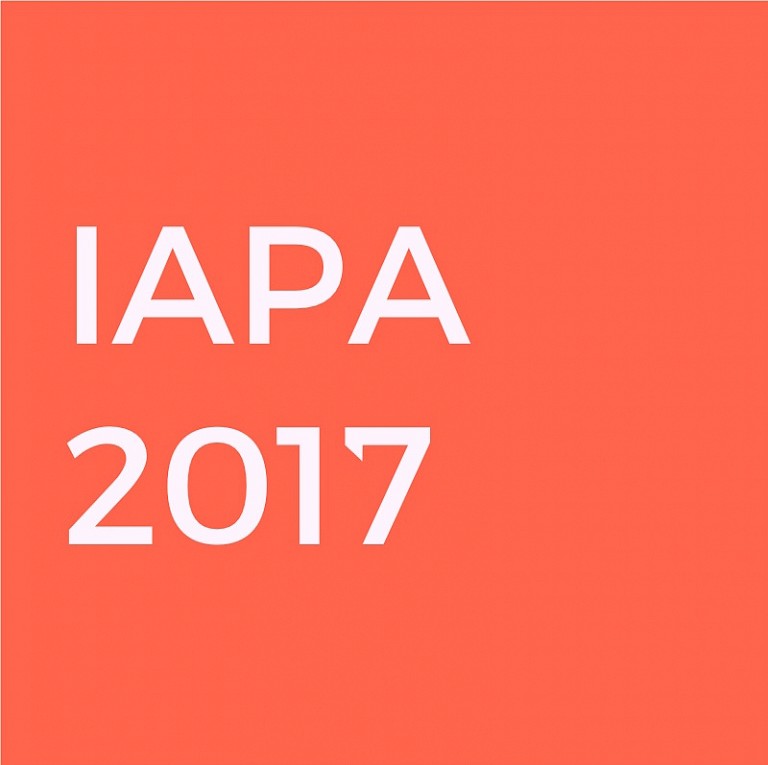



Having grown up in Phakamisa, Dlala Indima was aware that they should focus on youth and they would need to find a way for accessing and mobilizing them. Initially they had identified an abandoned butchery and the adjoining shop as a site, which was being used by the youth as a secluded site to take drugs and drink. With their own interests in graffiti and hip-hop they partnered with exiting events and movements that were already working with the youth of the area. Throughout these events flyers were distributed to invite people to opening launch event of the Dlala Indima Centre. These events were valuable because as the youth were raising concerns around how fellow residents were treating the environment. Despite scepticism from the municipality, drawing from community support and a smart use of a relative small budget they were able to realise the project. In conceptualising the centre, Dlala Indima was not an attempt at “replicating an existing Hip-hop or graffiti vernacular, but were also experimenting across new ways of visual and verbal representation inspired by the local context that challenge the rural-urban divide.” (Sitas, unpublished, 2014)
Appropriating a similar strategy to the events they participated in earlier in their process, they placed a sound system outside of the butchery, to draw people in. This became a daily event for residents, with people either coming to relax or help out if they had spare time. This was vital to the project, as it gave time for residents to develop their own relationship to the project and give the artist the opportunity to reflect on the themes and interests expressed by the youth. This would later inform their thinking around the images and phrases that would be used in the final pieces. Through this process Dlala Indima were able to expand the core group of forty volunteers that they worked with, to about two hundred people who moved in out of the projects at various stages. These interactions further assisted in identify other sites, such as bus stops and crèches that would benefit from this type of positive messaging.
The success of Dlala Indima is that they localised a vocabulary associated with urban subculture in a rural community to open up public discussion about the environment and beauty norms. They successfully through their extended process “highlighted that working collectively within ones own context offers unique opportunities for inclusion”. (Sitas, 2014) These two elements combine created the momentum for residents to redefine and question there own notion of place. They actively participated in several components of the project and determined and shaped aspects of the visual identity of the project. in its third year the Dlama Indima Centre is still operational with a varied programme, where young professional from Phakamisa come and speak to the youth, regular documentary screening and workshops structured around various themes that came out of the initial project. The team have received a second grant to reflect on this process and are developing an adaptive methodology that could be used to develop a network of community centre across the Eastern Cape.
Dlala Indima, as a collective formalized by Buntu Fihla, Kwanele Mboso and Zingisa Nkosinkulu, during a larger Two Thousand and Ten Reason to Live In a Small Town 2011. The collective all grew up Phakamisa and wanted to contribute to the greater good of their community by mobilising the youth. They invited Mak1one a prominent Cape Town graffiti artist, to join in what would become an intensive community led regeneration project. The project formalised NPO and have managed to run the centre very little funding. Dlala Indima have received a small amount of funding for 2014/2015 to develop a network of community centres across the Eastern Cape.
All copyright belongs to Shanghai Academy of Fine Arts, Shanghai University.



